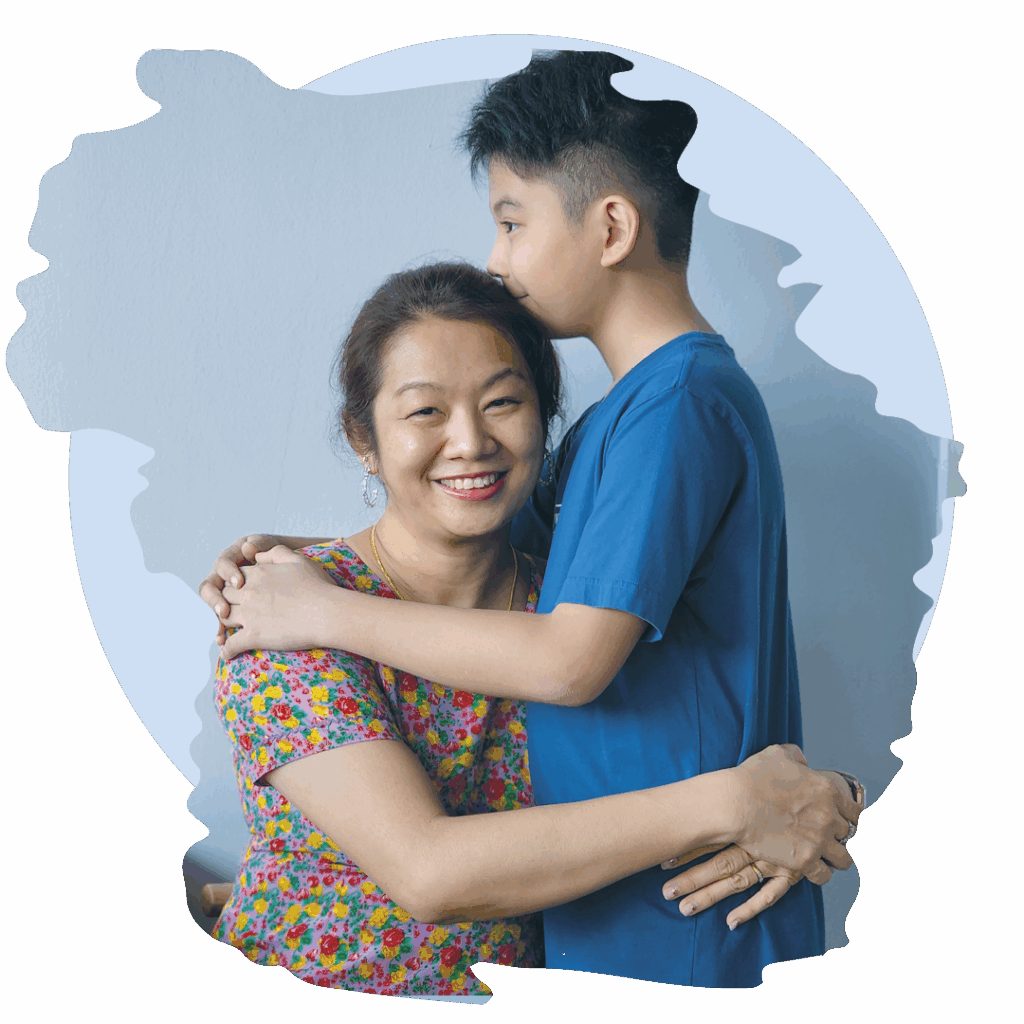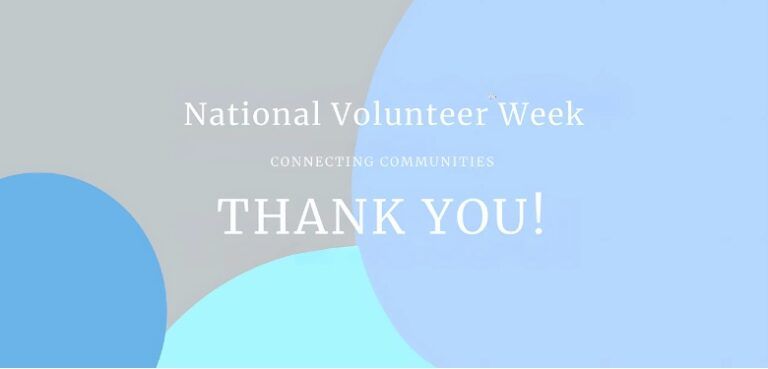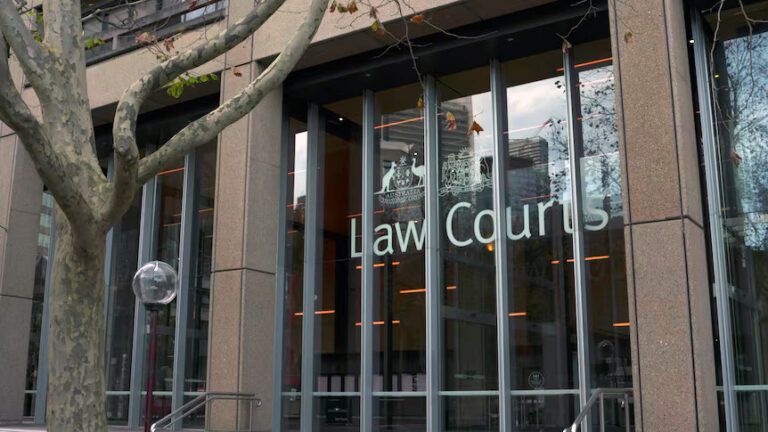Call 24hr NSW Domestic Violence Line
1800 65 64 63
Call Lifeline
13 11 14
Call Mary’s House Services
1800 002 111
Call Mary’s House Admin
02 8937 2094
Domestic abuse in any form is totally unacceptable.
Live a life free of domestic violence and abuse.
Domestic violence doesn't know a postcode.
Together, we can build hope and save lives.
At Mary’s House Services, we provide immediate critical care, safety, and shelter, and then access to legal and financial services and support, plus evidence-based therapeutic and wellbeing programs to women with varying and complex needs.
Say no to domestic violence and yes to safety
Every dollar you give helps women and children in crisis in Sydney’s northern suburbs, or those fleeing to the northern suburbs for safety.
Mary's House Refuge
Call 1800 002 111
Mary's House Community Programs Centre
Call 1800 002 111

Say no to domestic violence in our community.
Domestic violence is most commonly understood to be violence and abuse perpetrated by a man upon his intimate partner. This understanding and definition is supported by the extensive body of research conducted over the last 50 years, primarily in North America and the United Kingdom.
Domestic violence may sometimes be referred to as intimate partner violence. In the overwhelming majority of incidents domestic violence is perpetrated by a man against a woman. Domestic violence also occurs in LGBTQIA+ relationships.
The term, ‘family violence,’ has also been used to refer to domestic violence, for example, in Australian family law and immigration law, although the strict definition of family violence incorporates violence and abuse occurring within a broad range of intrafamilial and kinship relationships, thus blurring the intrinsic nature and dynamics of the relationship of trust and intimacy and therefore its complexity.
Domestic violence occurs across all cultural and socio-economic groups.
The hard facts about domestic violence in Australia.

Your generosity can provide essential services and support to women and children requiring critical care.
At Mary’s House Services, we provide immediate critical care, safety, and shelter, and then access to legal and financial services and support to women and families that are victims of domestic violence.

The Lakes Members' Charity Golf Day
We extend our heartfelt gratitude to those who participated in the Lakes Members’ Charity Golf Day on 4 July 2024 for Mary’s House Services and showed they care deeply about the safety of women and children in our community.

Mary's House Services Walk
Thank you to everyone who joined us! We were deeply honoured by the presence of Her Excellency the Honourable Margaret Beazley, Governor of New South Wales. A special shout-out to our Walk corporate partners, Ord Minnett and Holding Redlich, our volunteers and to The Mater Hospital for sponsorship of our volunteers—we are incredibly grateful for their ongoing support.
Supporter Events

Community Programs for victim - survivors of D&FV
Through our outreach service the Daisy Centre, Mary's House Services offers women who have experienced domestic and family violence, a suite of programs, advice clinics and tailored casework services.
Some of the activities for community clients running at the Daisy Centre this term include:
- Reflect and Restore
- Parenting and DFV
- Art Therapy
- Connect
- Financial Wellbeing workshop
Our valued supporters
We are proud to partner with a number of organisation in our mission to offer hope, compassion and safety to women and children who have experienced domestic violence and abuse.
“I had no idea the people at Mary’s House would be the core of my new village, gently carrying me along in a piece of cotton wool through the process.”
Emma, Mary's House Services client
News & Media
Say no to domestic and family violence in our community.
Subscribe to get the latest update, news & events.
Mary’s House Services recognises this land was and always will be Aboriginal land. In the spirit of reconciliation, we pay our respect to Aboriginal and Torres Strait Islander elders past and present.
© 2025 Mary’s House Services. All rights reserved.



































